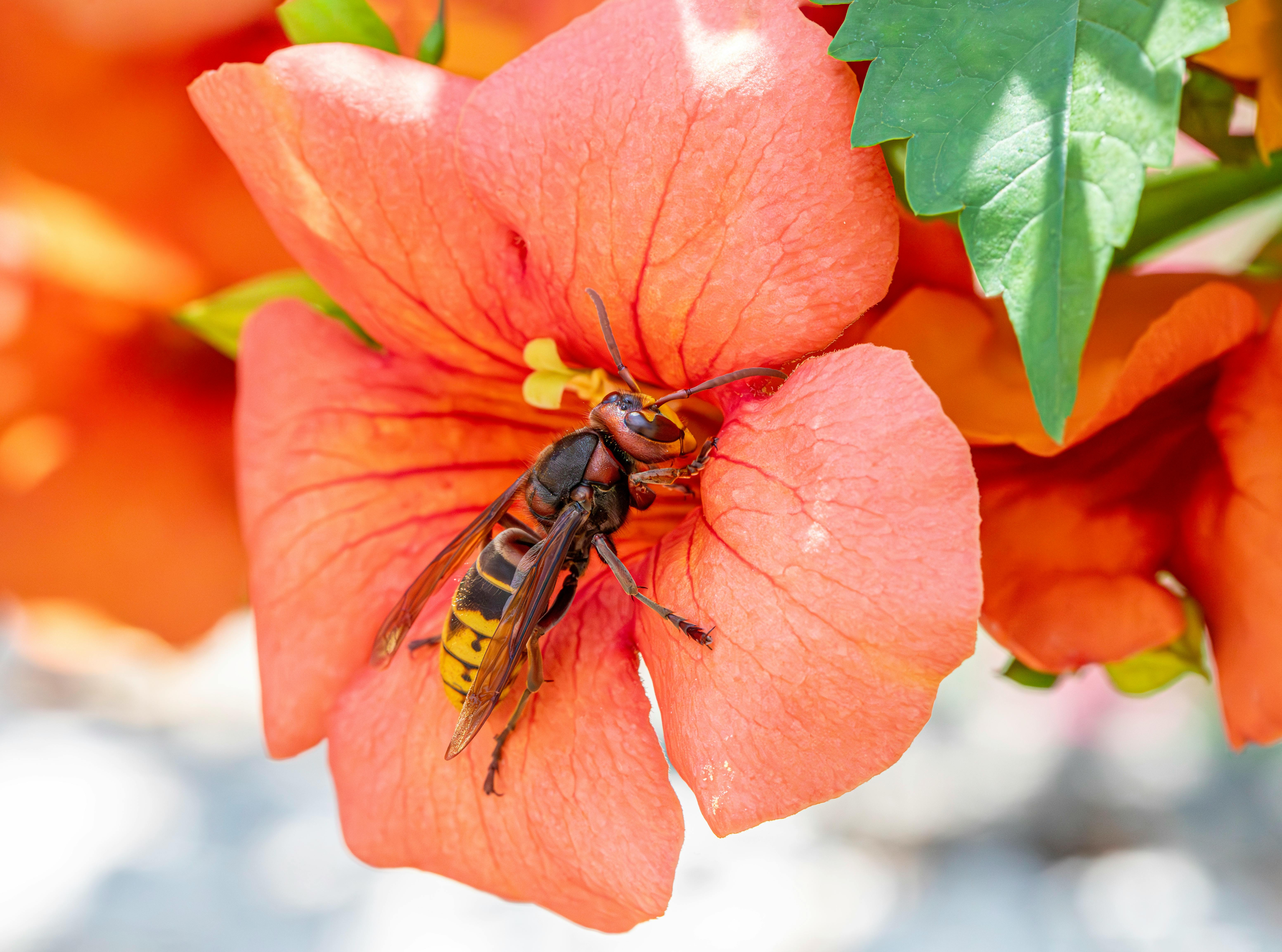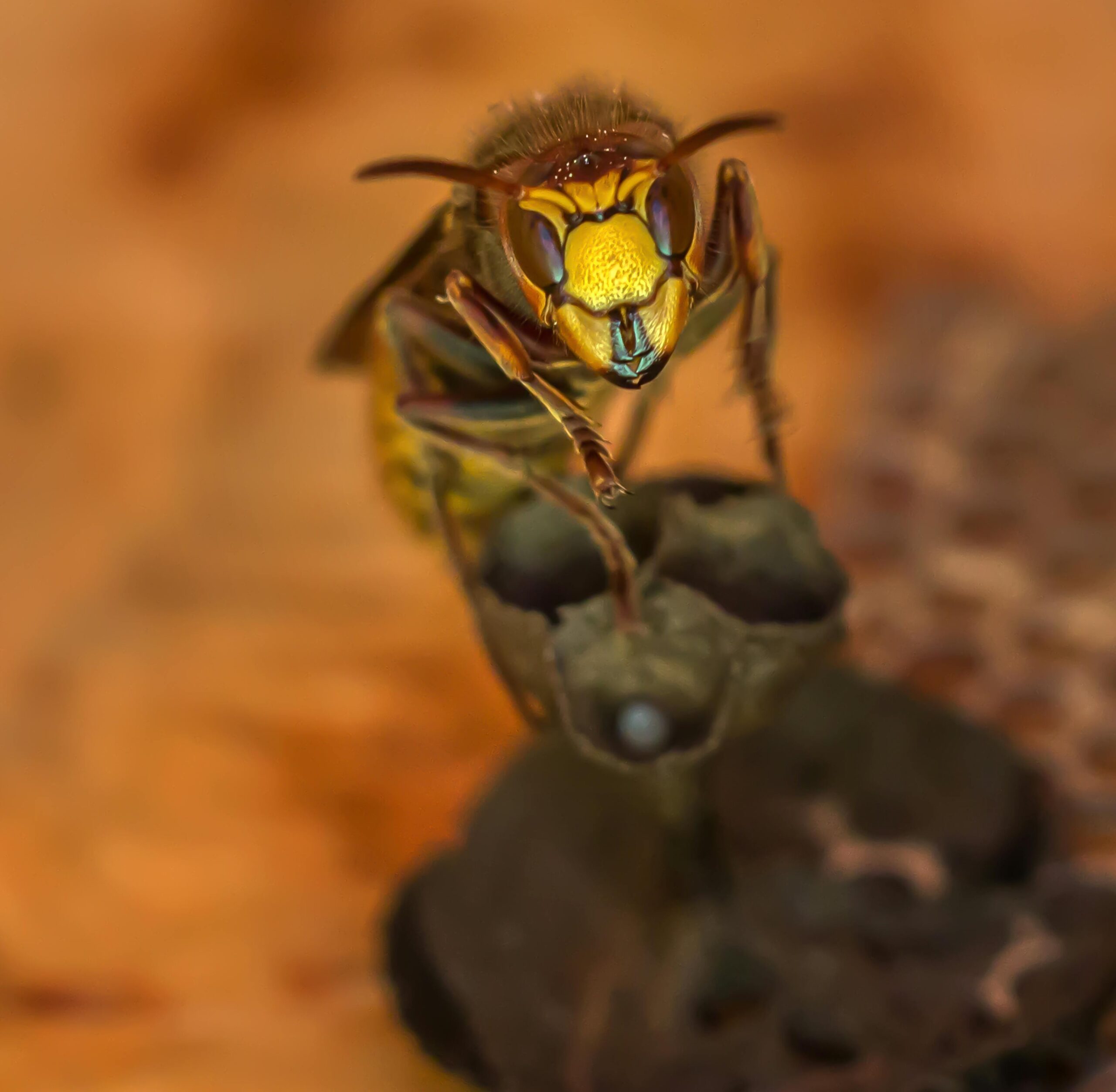Hornissennest: Understanding the Habits and Impact of Hornet Nests
What is a Hornissennest?
A hornissennest is the nesting structure built by hornets, which are social wasps known for their distinctive appearance and aggressive behavior when threatened. These nests are typically made from chewed wood fibers mixed with saliva, creating a paper-like material that is sturdy and weather-resistant. A typical hornet’s nest can house hundreds, if not thousands, of individual hornets. Understanding the structure and characteristics of a hornissennest is crucial for anyone living near these insects.

Structure of a Hornissennest
The structure of a hornissennest is fascinating. Most nests are gray or brownish in color, blending into their surroundings to avoid detection by predators. These nests can vary in size, from a few inches to over two feet in diameter depending on the species and environmental factors. Hornets build their nests in a variety of locations, including trees, shrubs, and even on buildings. Each nest consists of multiple layers, resembling a layered cake, which provides protection to the developing larvae and adult hornets.
Location and Behavior
Hornets are selective about where they build their nests. They prefer secluded areas that offer protection from elements and predators. Common locations include tree branches, attics, and even underground. Interestingly, hornets can be beneficial to gardens as they prey on various pests. However, this benefit comes with risks, as hornets can become aggressive if they feel threatened, making it vital for homeowners to be cautious when dealing with a hornissennest.
Threats and Benefits of Hornissennest
While a hornissennest can pose risks, especially to those allergic to stings, it also provides ecological benefits by controlling pest populations. Understanding both sides can help in making informed decisions regarding hornet management.
Health Risks Associated with Hornets
One of the main health risks associated with hornets is their sting, which can be painful and, for some, life-threatening. An average hornet can sting multiple times, unlike bees that can sting only once. Allergic reactions can escalate, causing serious health issues, thus it is crucial for individuals with known allergies to manage their environment carefully. If a hornissennest is located near a living area, removing it safely should be a priority.
Ecological Benefits
Despite their intimidating reputation, hornets play a crucial role in the ecosystem. They are natural predators of many common garden pests, including aphids and caterpillars. This pest control can reduce the need for chemical pesticides, promoting a healthier garden environment. For those who don’t have severe allergies, hornets can thus be seen as beneficial allies in maintaining garden health.
Managing Hornissennest Near Your Home
If a hornissennest is discovered near your home, it’s essential to handle the situation carefully. The approach taken can significantly affect your safety and the hornets’ survival.
Professional Removal vs. DIY Methods
In many cases, professional removal is the safest and most effective solution for dealing with a hornissennest. Professionals have the equipment and expertise to handle hornet nests safely without incurring the risks associated with DIY methods. However, if one is considering a DIY approach, it’s crucial to do so at night when hornets are less active and wear protective clothing. It’s also advisable to have a means of escape should things go wrong.
Preventative Measures to Avoid Hornet Nests
Preventing the establishment of a hornissennest starts with vigilance. Regularly inspect your property for early signs of hornets, such as their characteristic paper-like nests. Keeping food sources minimized, sealing entry points, and maintaining a clean yard can deter hornets from nesting. Additionally, it may be beneficial to introduce natural predators to your garden, creating a balanced ecosystem that naturally controls hornet populations.
Public Myths and Facts About Hornissennest
Many public myths surround the nature of hornissennest and their inhabitants. Debunking these myths helps us coexist peacefully with these formidable insects.
Common Misconceptions
A common misconception is that all hornets are aggressive and dangerous. While hornets will defend their nests fiercely, they are generally non-aggressive unless provoked. Understanding this behavior can foster better safety practices around areas where hornets may be present. Being aware of their visibility and calmness until threatened can help dispel fear and promote coexistence.
Understanding Their Behavior
Hornets are social insects, meaning they work harmoniously within their colonies for survival. The queen, worker, and drone roles are crucial for the nest’s functioning and hierarchy. Learning about hornet behavior can aid in minimizing human-hornet encounters, thus reducing unnecessary confrontations.
Key Takeaways
- A hornissennest is a well-structured haven for hornets, offering both protection and complexity.
- While they can pose health risks, hornets also contribute positively by controlling pest populations.
- Careful management strategies can help cohabitate with hornets while minimizing risks.
- Debunking myths about hornets fosters better understanding and safety practices.
- Seek professional help for hornissennest removal to ensure safety for all involved.
FAQ
1. What should I do if I find a hornissennest on my property?
If you find a hornissennest on your property, assess the situation carefully. If it poses a risk to you or your family, consider contacting a professional pest control service for safe removal. Avoid disturbing the nest yourself, especially if you’re allergic to insect stings.
2. Are hornets beneficial to my garden?
Yes, hornets can be beneficial to gardens as they prey on many pests. Their presence can naturally reduce aphid and caterpillar populations, which is advantageous for plant health and growth. However, caution is advised if you have a hornissennest nearby.
3. How can I prevent hornets from building a nest near my home?
To prevent hornets from nesting near your home, keep food sources sealed, maintain a clean outdoor environment, and seal any potential entry points. Regular inspections of your property and immediate removal of any early nests can also help.
4. Can I safely remove a hornissennest myself?
While it is possible to remove a hornissennest yourself, it is not advisable unless you are experienced. The safest option is to hire professionals who are trained to handle such situations. If you decide to go the DIY route, dress in protective gear and operate at night when hornets are less active.
5. Do hornets die in the winter?
Yes, most hornets die in the winter, but the fertilized queens survive by finding shelter until spring. They then begin new colonies in warmer months. Understanding this cycle can help inform your strategies for managing hornets in your area.
—
This structure provides comprehensive insights into hornissennest while utilizing SEO best practices and engaging readers with actionable information.
